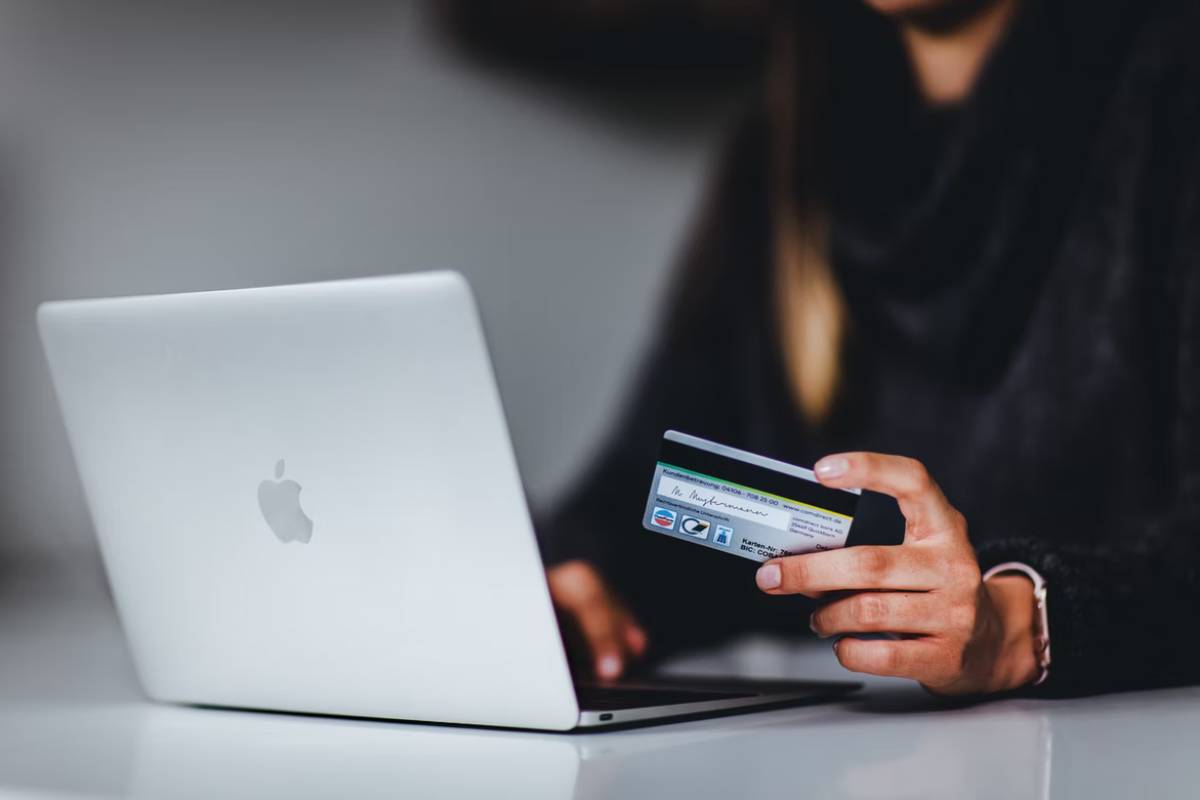Online banking, also known as Internet banking or web banking, can allow you to perform financial transactions over the internet. With online banking, you won’t need to visit your bank branch to complete basic banking transactions. Plus, you’ll be able to conduct bank transactions from wherever you are outside of regular banking hours, making it incredibly convenient. In this article, we’ll explore how you can open an online bank account and three essential things you need to know about online banking.
Table of Contents
Opening an Online Bank Account
If you already have a traditional bank account with a financial institution that offers online banking, it’s easy to set up an online bank account. You’ll usually need the following items to open your online account:
- A computer or smartphone with a web browser
- An internet connection
- Your bank account number
- Personal information to confirm your identity, such as your Social Security number
Once you have these items, visit your bank’s website. You can find your bank’s web address on your bank statements or on the back of your credit or debit card.
When you visit the site, follow the prompts to create an online account. Typically, you’ll need to choose a username and password, answer some questions to verify your identity, and set up security features to protect your account.
Once you complete the process, you’ll be able to log into your account and conduct transactions online using your computer or mobile device.
If you don’t have a regular bank account with a financial institution that offers online banking, you’ll still follow the same process to open the online account. However, you won’t need to present a bank account number, and you may be asked for additional verification details, such as a passport or driver’s license.
Key Things to Know About Online Banking
Now that you’re familiar with the process you’ll need to follow to open an online bank account, here are three key things you need to know about online banking:
1. Technology Issues
Once you get an online bank account, you’ll need to perform most transactions online. If you’re not comfortable with technology, this may prove challenging. Fortunately, most banks provide assistance via online chat and social media too.
2. Safety Issues
Online bank accounts are just as secure as traditional bank accounts. However, unlike traditional bank accounts, online ones are vulnerable to cyber threats. As a result, you should take the following measures to secure your online bank account:
- Change your password regularly
- Use a strong password
- Use two-factor authentication if possible
- Don’t save your login information on your browser
- Avoid using public Wi-Fi networks when banking online
- Use a licensed anti-virus and keep it up to date
- Inspect your bank statement regularly
- Type your bank’s web address into the browser
Taking these precautions can prevent hackers from accessing your information and infiltrating your online bank account.
3. ATM Access
Many online banks offer access to a network of ATMs that won’t charge you ATM fees. Plus, if you need to withdraw cash from an ATM outside the network, some online banks will reimburse your ATM fees.
However, some online banks may not offer any ATM access. Therefore, inquire whether the financial institution you want to open an online account with offers ATM access if you consider it a priority.
According to the experts at SoFi, “most online banks generally charge lower fees and offer better interest rates on deposits compared to brick-and-mortar banks. However, they may offer limited services compared to brick-and-mortar financial institutions.” Therefore, you should carefully consider your priorities before you open an online bank account.

